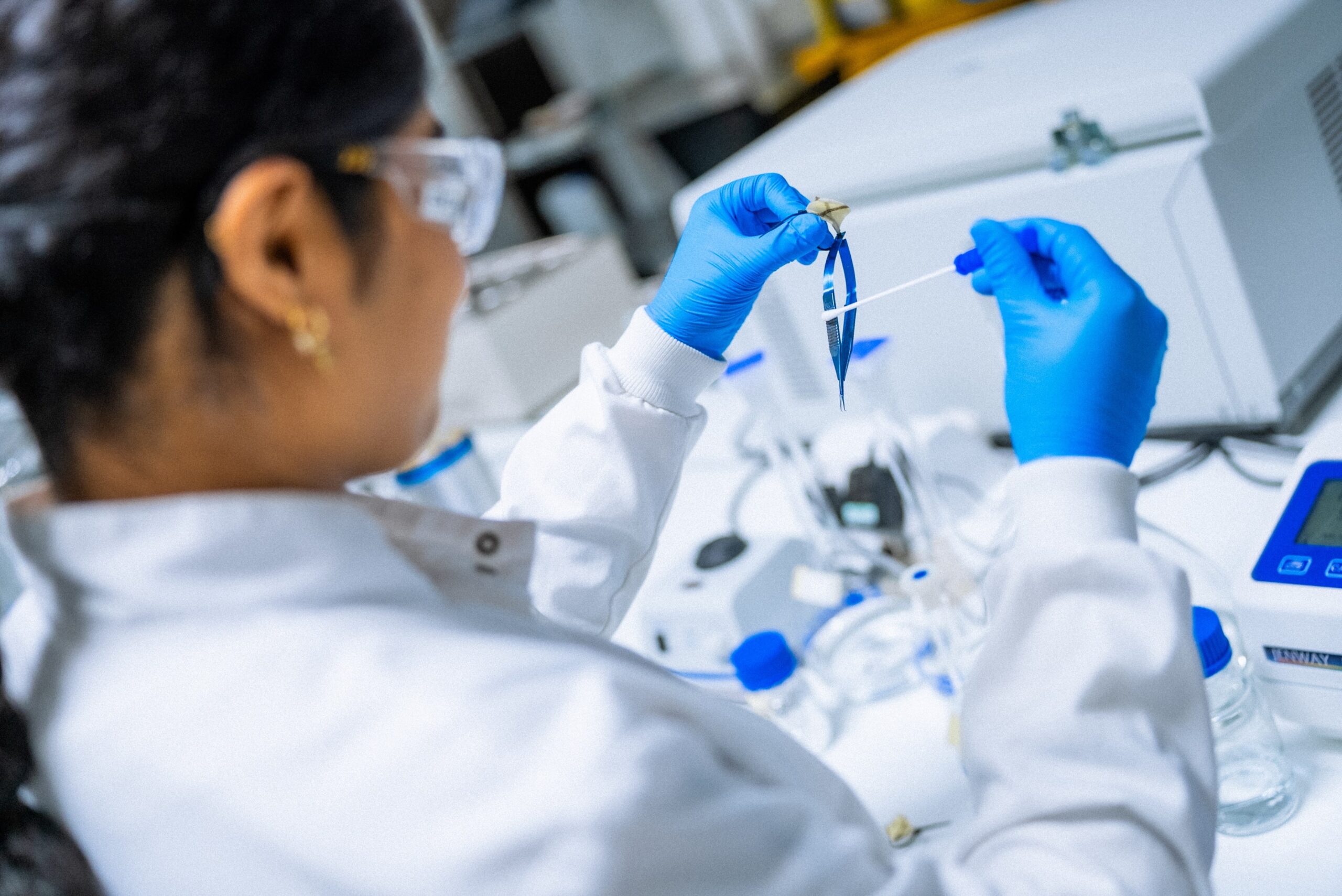Medical Device Manual Cleaning: Everything You Need to Know
Article Summary
Manual cleaning of medical devices is a critical step in ensuring patient safety and effective reprocessing. ISO 17664 requires manufacturers to validate cleaning, disinfection, and sterilisation instructions, including manual procedures. Test Labs supports manufacturers in validating IFUs to ensure devices meet residual cleanliness standards and are safe for reuse.Article Contents
Medical Device manual cleaning
If someone had told me 16 years ago that I’d still be manually cleaning items as part of my job, I’d have been quite surprised. It wasn’t so much about the cleaning itself, but more about the fact that, even back then, I knew I wanted to be a scientist. My career began with early-morning shifts cleaning and polishing silver cutlery before starting my restaurant shift. Surely, I have moved a long way from there and did became a scientist, but that experience made me appreciate how important this behind-the-scenes work was, even though it went unnoticed by customers, as it played a crucial role in the overall service.
Recent months have brought back memories of those early days. Our lab team had to pull together to meet a tight deadline for a study validating reprocessing instructions for critical medical devices. As I scrubbed each device, I couldn’t help but reflect on how this seemingly minor task was essential for the success of the study.

Medical Device safe reuse
The Instructions for Use (IFU) of medical devices are vital. They ensure not only the correct use of the device but also that each reusable device is safe for the next patient. Safety is key. But what does “safe to reuse” mean? According to ISO 17664, manufacturers must provide comprehensive information on cleaning, disinfection, and sterilisation processes in their IFUs. Each step must be validated to support the manufacturer’s claims.
Sterilisation and disinfection, while seemingly straightforward, involve microbial efficacy claims. Manufacturers must demonstrate that their sterilization methods—such as steam, ethylene oxide, low-temperature sterilization, or gamma radiation—meet minimum requirements for sterility. Similarly, disinfection must achieve a specified reduction in microbial concentration. For automated thermal disinfection using a Washer Disinfector (WD), this means reaching a required temperature for a set duration (e.g., 1 minute at 90°C) to ensure adequate disinfection.
What defines a “cleaned” medical device?
According to the BS EN ISO 15883 series and ANSI/AAMI ST98, a device is considered clean when residue protein and other analytes (like haemoglobin, TOC, carbohydrates, ATP) fall below action levels specified in the standard. These standards primarily focus on automated cleaning processes using WDs.
The question then arises: What about manual cleaning?
Guidance is limited due to its variability and dependence on the device. ISO 17664 states that any claims in the IFU must be validated, including manual cleaning processes. While manual cleaning may replace automated cleaning in some cases, both should meet the same residual criteria.
Pre-manual cleaning, which often precedes an automated cleaning process, is crucial in most sterile service departments (SSD). This step typically involves rinsing with tap water, manual brushing with or without detergents, and sometimes sonication. The specifics can vary based on the device’s materials and intended use, and water quality ranges from tap water for initial rinsing to purified or RO water for final rinses.
Why is Medical Device manual cleaning important?
I recall a technician from one of the largest SSD departments in the UK telling me that pre-manual cleaning could be as significant, if not more so, than the automated process. This makes sense because manual cleaning can remove visible debris and dried stains, reach high-risk areas like lumens and hinges, and allow the reprocessing technician to dedicate more time to the devices that may need it, compared to automated cycles. Surely, there is a potential risk for human error, and therefore successful validation of the procedure should be carried out to ensure the risks are minimised (using worst-case scenario, such as lower times, lower detergent concentrations etc).
Effective manual cleaning involves specific instructions and procedures. Tools typically include various sizes of nylon brushes for removing dried soil, followed by a sonic bath to dislodge residues with high-frequency sound waves, and a final rinse with purified water. The amount of time and detergent used depends on the device and whether the step is pre-cleaning or an alternative to automated washing.
Developing the correct cleaning instructions can be daunting. At Test Labs, we have extensive expertise in reprocessing validation, both manual and automated, to assist with medical device IFU validation.
Get It Done, With Certainty.
Contact us about your testing requirements, we aim to respond the same day.
Get resources & industry updates direct to your inbox
We’ll email you 1-2 times a week at the maximum and never share your information

